How to read Korean faster – Ways to speed up your studies
In this article, we will discuss how to read Korean faster. Since you’re here, you’ve already passed the crucial step in your Korean journey by learning how to read the Korean alphabet!
Perhaps you already have good knowledge of the language and can even read and understand a sentence just fine? And yet, something is still bugging you at this stage: your reading speed still feels terribly slow! While reading slow, especially at the beginning stages of studying Korean or other languages, is completely natural, it can also understandably be quite frustrating.
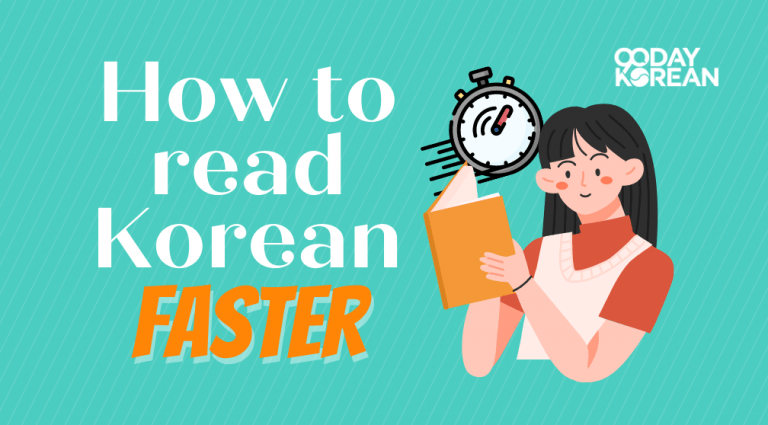
Nobody wants to spend an hour getting through a few silly paragraphs! Naturally, you will quickly start wondering how to read Korean faster – and we’re here to answer that burning question for you!
How to practice reading in Korean?
As the saying goes, practice makes perfect, which means learning how to read in Korean through practice is very essential. Below are the steps that you can follow.
Memorize the Korean alphabet
Before anything else, make sure you’ve got the basics of learning Korean covered. To enhance your general learning speed, you can always take advantage of our tips for learning Korean fast.
You do not need to be perfect with the Korean alphabet, but the better you have it memorized, the faster you will be at Korean writing and reading. Familiarizing yourself with Hangul (Korean script) is the first step to practicing how to read in Korean. Once you feel like you’ve got a handle on it, you can focus on bigger texts.
Utilize coursebooks and flashcards
There are numerous different coursebooks out there that specifically focus on practicing how to read. They are a great tool to use especially if you are only starting to get comfortable with Korean reading.
While reading-focused coursebooks are excellent for sentences and paragraphs, flashcards are perhaps the best way to familiarize yourself with specific vocabulary and their pronunciations. Testing yourself with flashcards, eventually moving on to one with a full sentence, can aid in quickening the pace with which you read.
Use various Korean texts
Once you are ready to advance from coursebooks specifically aimed at foreign learners, you can also try Korean poems, webtoons, and children’s books for practice, as well as, eventually, Korean novels.
In the end, the best way to learn how to read Korean smoothly is to read in Korean as much as you can. Be that subtitles, K-pop song lyrics, coursebooks, or perhaps news or Instagram captions.
You don’t even have to understand everything that you read. The point – at least initially – is to simply get comfortable with reading Korean and taking in how the sentences are constructed.
How to read Korean faster?
Now that we’ve covered some ways to practice reading in the Korean language, it’s time to give some additional tips on how to get faster and faster in your reading.
Of course, the point is not to become a speed reader, but reaching a somewhat natural pace in reading will be of advantage, especially if you’d like to be able to follow Korean texts like a native eventually.
Naturally, the further your learning Korean journey advances, the faster you should be able to read the words in front of you. But perhaps you would like to accelerate this process?

Watch K-dramas and movies with Korean subtitles on
One fun starting point for practicing how to read in Korean fast is by watching Korean dramas and movies. You can also try watching short Korean videos on YouTube.
Set the subtitle in your native language first
First, pick a drama or a movie you think you’ll especially enjoy – or one you’ve already seen and know with certainty you loved – and then put it on with the English language (or any other language you are native or fluent in) subtitles on. Try to listen and pay attention to the sounds of how each line is spoken in this round already.
Use Korean subtitles next
Then, watch the episode or movie again! Only, this time put on Korean as the subtitle instead. The point here isn’t really to understand perfectly what the dialogue is, but to understand more clearly how each part of the dialogue is written. It can give you some great tips for Korean writing and pronunciation, and it’ll also force you to try to read as fast as possible!
Eventually, you will get so good at Korean that you will be able to also understand most of what you read, and that’s the point overall. However, getting too hung up on understanding everything from the go can hinder your overall process of learning to read faster.
Keeping up with Korean language subtitles while watching your favorite drama or a movie is an excellent way to pick up your pace when you read. The characters speak as they would in the real world, and of course, the subtitles follow the same speed. Thus, you need to become a quick reader yourself if you want to keep up with the subtitles without constantly pausing!
Read song lyrics
Another similar method to use is to listen to K-pop songs while looking at the lyrics. Not just to read the lyrics from a website, but actually reading and singing along to them while the song is on in the background. Or, even better, go to a Korean–style karaoke room and try to keep up with the lyrics as they pop up on the screen!
This will be a tough task unless you already know the song like the back of your hand, even as a fast reader, as the song usually progresses quicker than words spoken in your favorite drama does. However, even if you mess up the song entirely, you can easily keep practicing time and time again. And when you pick songs you love, you’ll never lack fun trying to master the song.
Get a coursebook with an audio CD
If you’re not feeling quite confident to read subtitles and song lyrics yet, but want to try something similar, then getting a coursebook that comes with an audio CD is just as great.
By utilizing the audio with what you read, you’re not only getting accustomed to how each word should be pronounced, but you’re challenging yourself to read at the same pace that the audio moves in.
This is a great practice, especially as, unlike with dramas and movies, you can easily rewind the CD and also pause it where needed. Alternatively, the coursebook’s audio files may also be available to you online.
You can use the tips already presented in the section above this one. Read them out loud slowly the first round, and then go back and read them over again, but with a faster pace. Keep at it until you are comfortable and confident to read the text at a natural-feeling pace. As long as you can create a habit out of reading Korean, you are already halfway there!
Read Korean Faster Exercises
Perhaps you can already memorize the alphabet with one of the many alphabet songs we previously introduced you to. However, you can utilize our site right away to practice your Korean reading as well.
Any “how to say” article will do! Below we’ve made a list of some useful sentences for you to immediately start practicing with. Perhaps you could make flashcards out of them so that you can use them every day or at any convenient moment?
Many of these may already be familiar sentences for you, which is great as it’ll be easier to learn to read them fast. We’ve given you romanizations and English words for aid, but try your best to read the texts without looking at the romanizations.
| Hangul | Romanization | English |
|---|---|---|
| A: 어떻게 지내세요? | A: eotteoke jinaeseyo? | A: How are you? |
| B: 잘 지내요. | B: jal jinaeyo. | B: I am good. |
| Hangul | Romanization | English |
|---|---|---|
| A: 지하철역이 어디에요? | A: jihacheollyeogi eodieyo? | A: Where is the subway station? |
| B: 모퉁이에 있는 건물에서 왼쪽으로 가세요. | B: motungie inneun geonmureseo oenjjogeuro gaseyo. | B: Go left from the building on the corner. |
| Hangul | Romanization | English |
|---|---|---|
| 천천히 말씀해 주세요. | cheoncheonhi malsseumhae juseyo. | Please speak slowly. |
Conclusion
These are just simple examples of short dialogues you can use to train your Korean language reading speed. You can start with one example. Once you feel confident in your skills, perhaps you would like to challenge your Korean friends to a speed-reading test? That could be a way to motivate yourself to keep practicing while socializing and learning the language!
If you are visiting South Korea, understanding the signage around the country will become extra easy! If you’d like to keep practicing your Korean reading skills right away, check out our list of essential Korean phrases for more inspiration!
The post How to read Korean faster – Ways to speed up your studies appeared first on 90 Day Korean®.
 Learn to read Korean and be having simple conversations, taking taxis and ordering in Korean within a week with our FREE Hangeul Hacks series: http://www.90DayKorean.com/learn
Learn to read Korean and be having simple conversations, taking taxis and ordering in Korean within a week with our FREE Hangeul Hacks series: http://www.90DayKorean.com/learn
Korean lessons * Korean Phrases * Korean Vocabulary * Learn Korean * Learn Korean alphabet * Learn Korean fast * Motivation * Study Korean





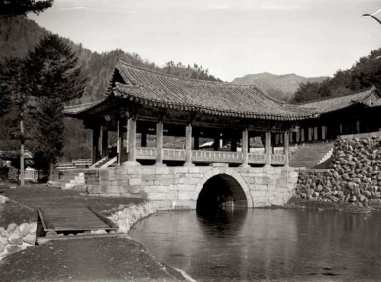


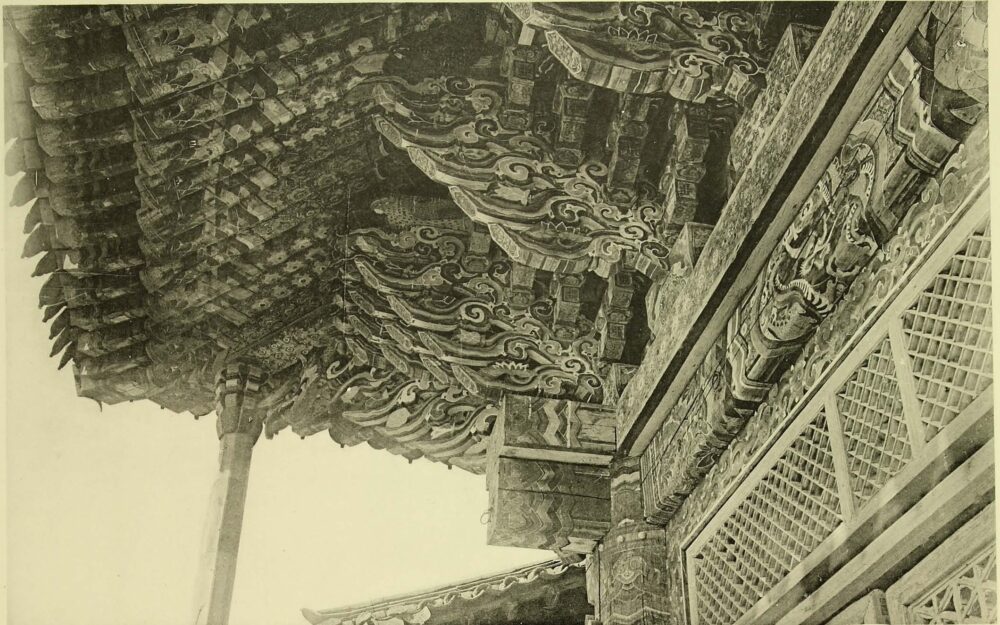
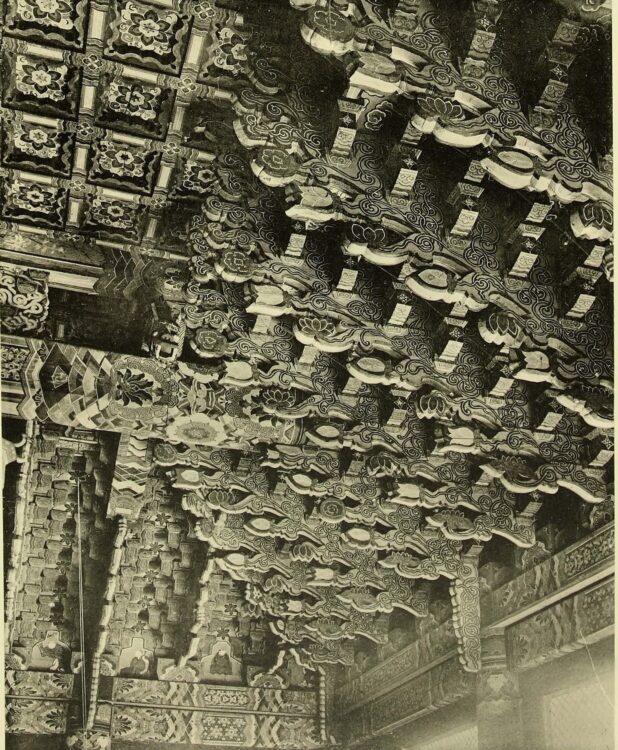
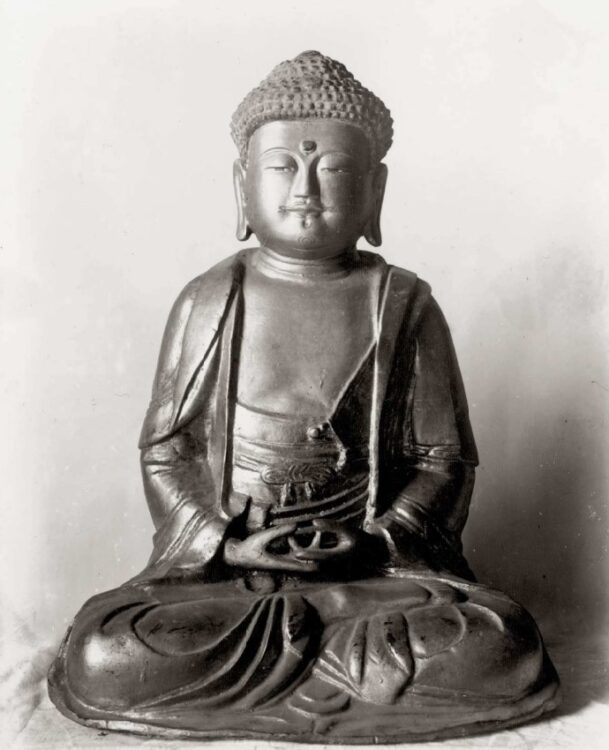
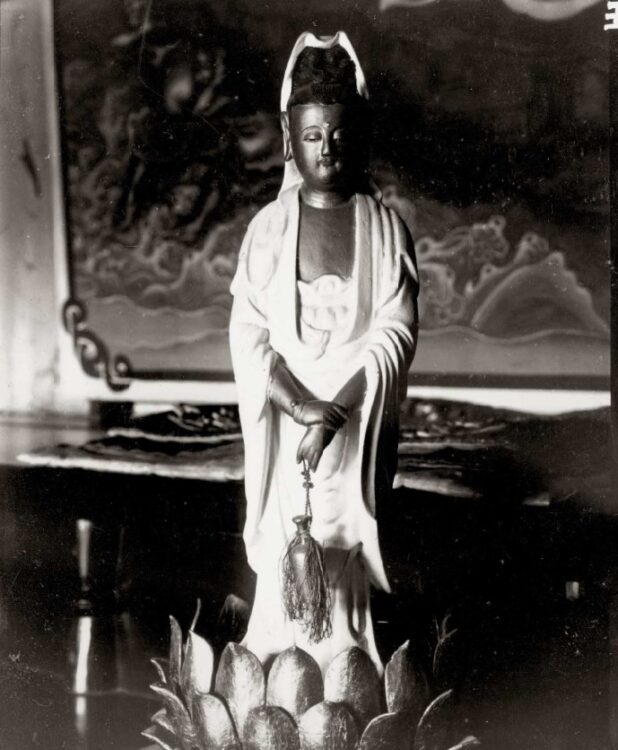
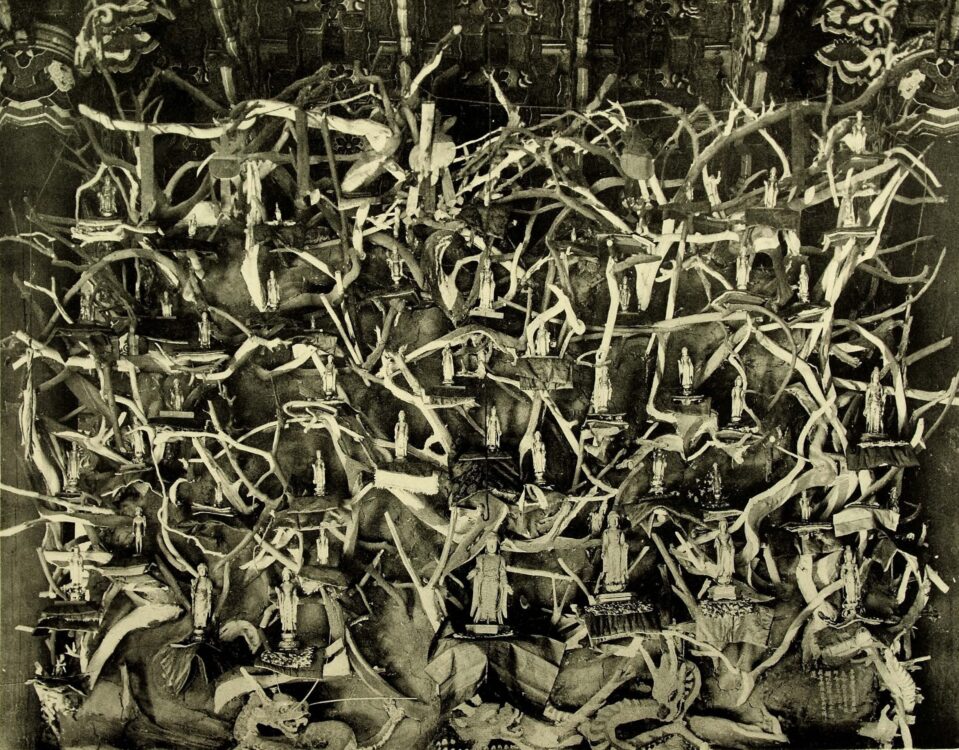

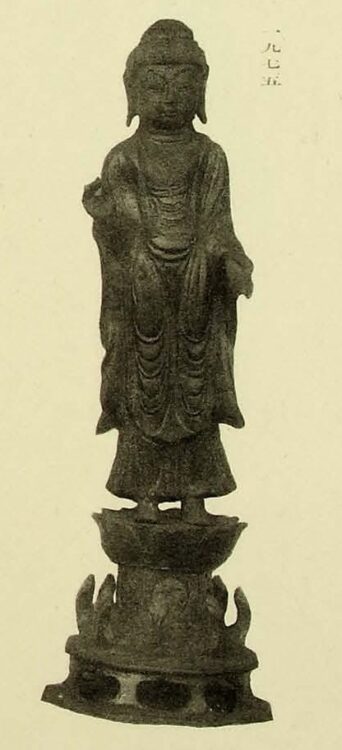
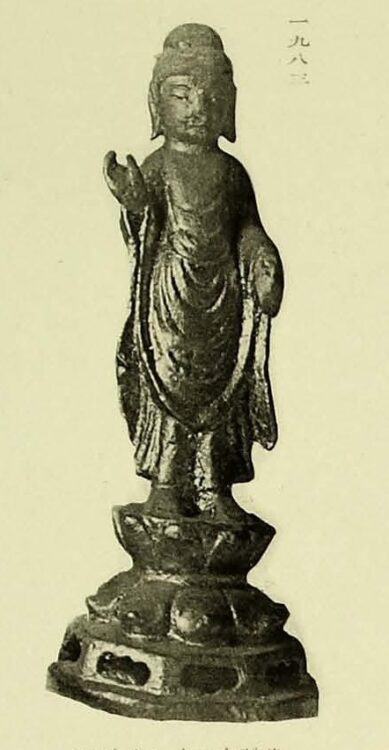
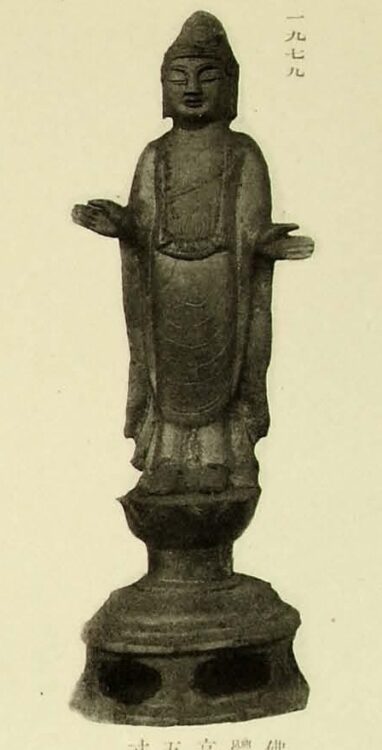
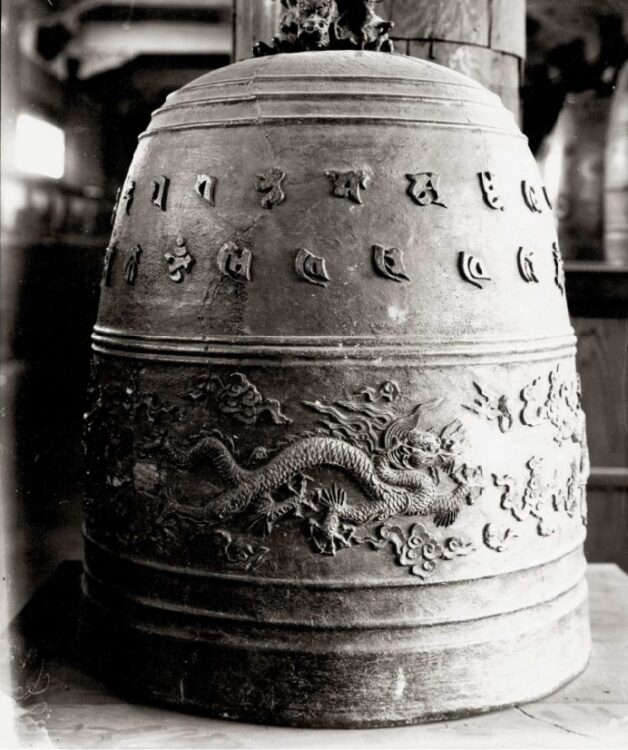
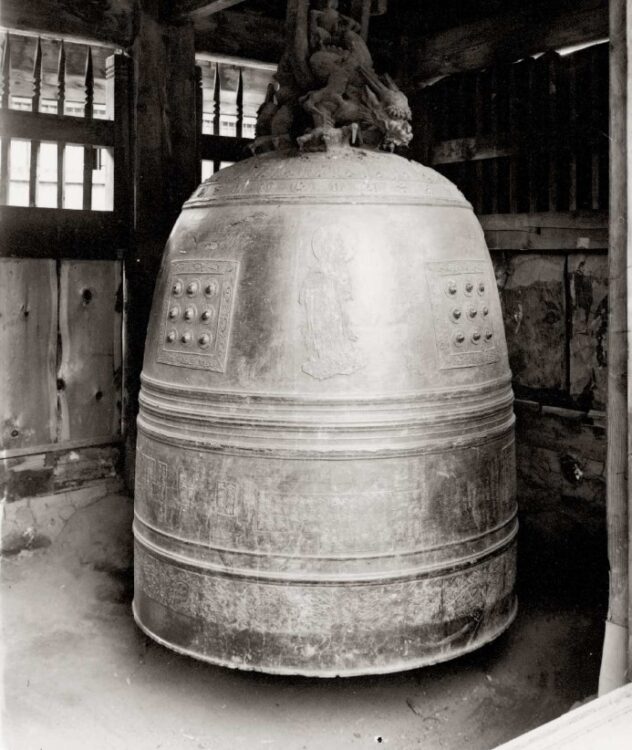

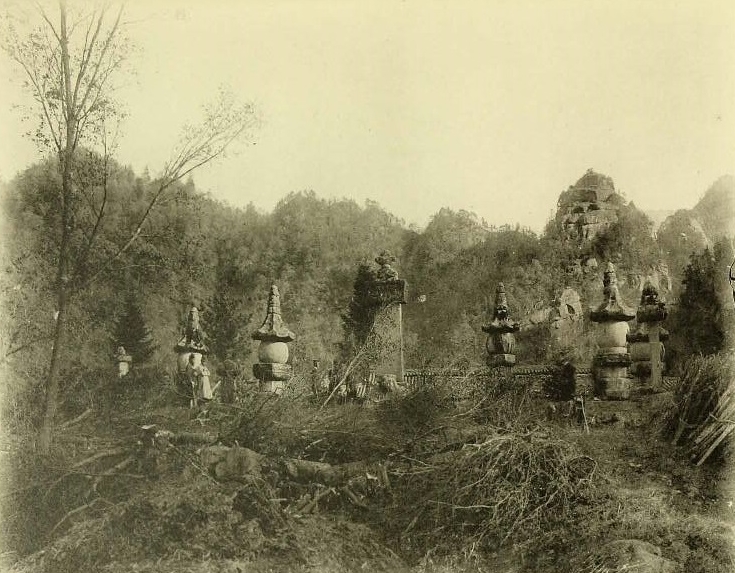
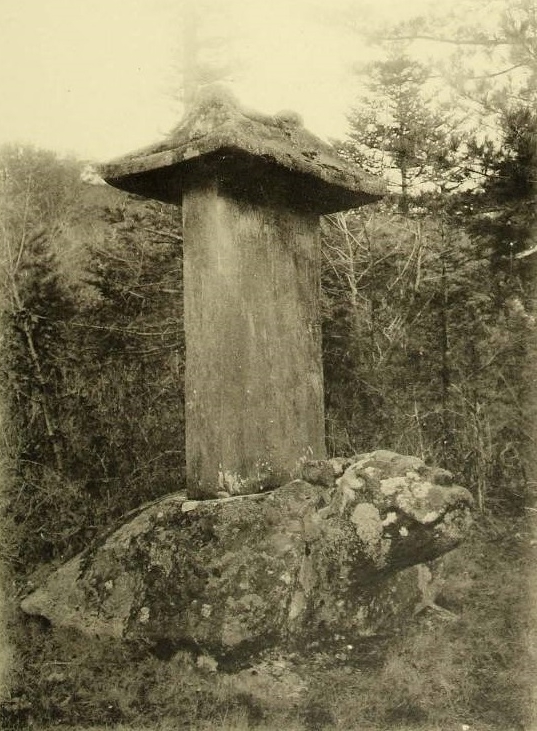

 Yeah, it’s a click-bait-y title, but it’s kinda true! Putin’s foolish war is turning Russia into a hated, isolated country with a lot of the same problems as North Korea, just on a larger scale.
Yeah, it’s a click-bait-y title, but it’s kinda true! Putin’s foolish war is turning Russia into a hated, isolated country with a lot of the same problems as North Korea, just on a larger scale.
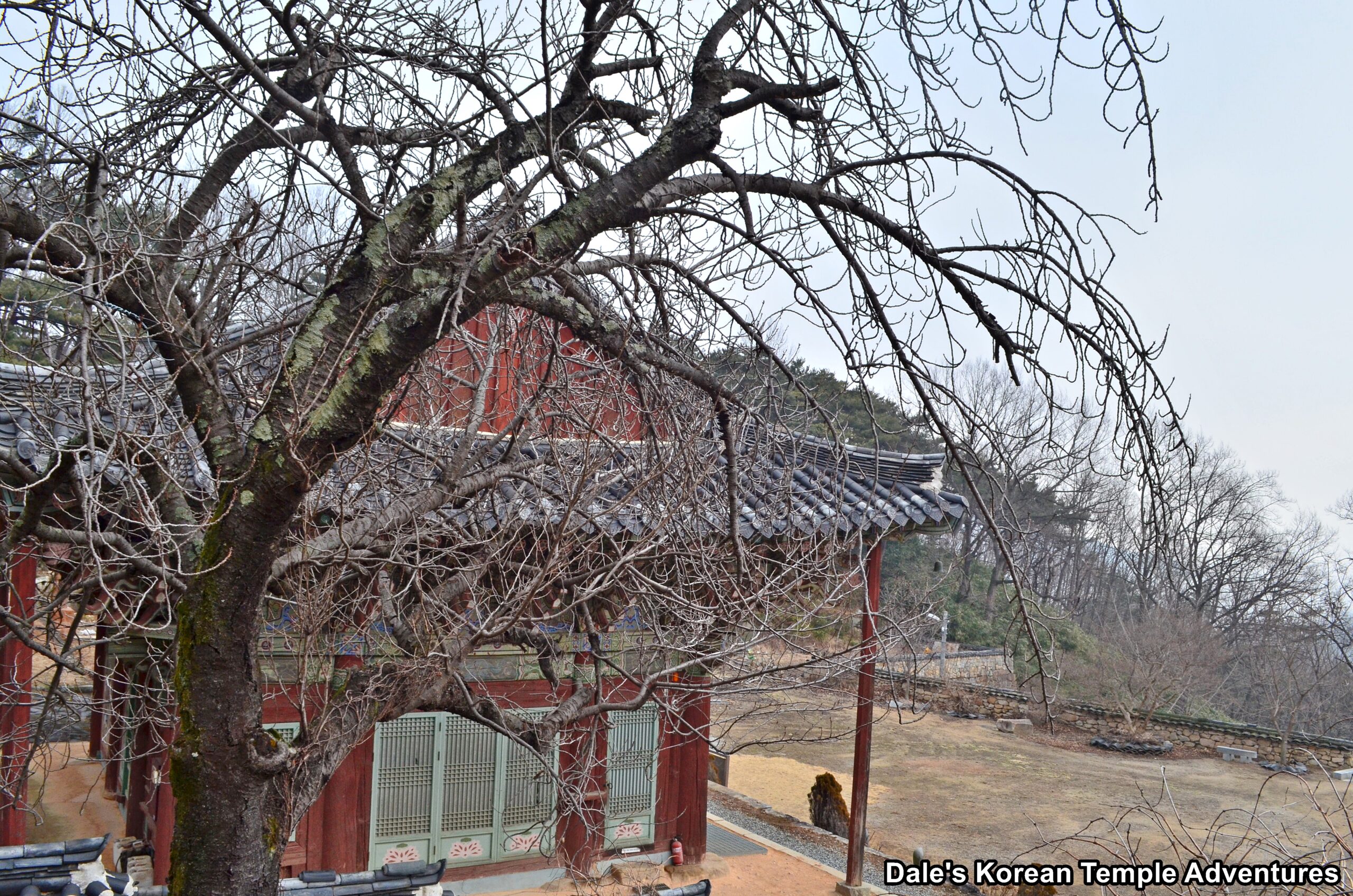
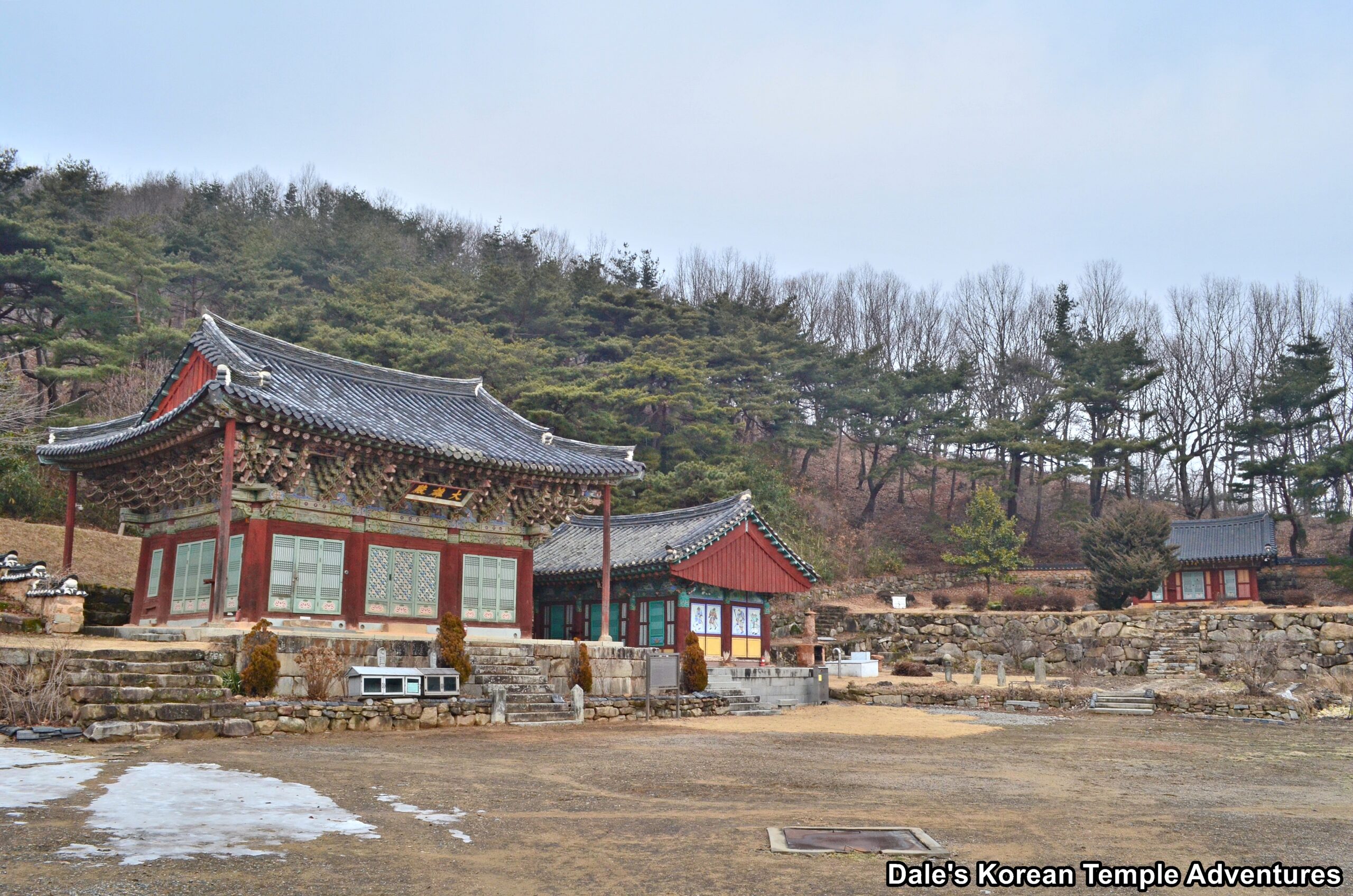
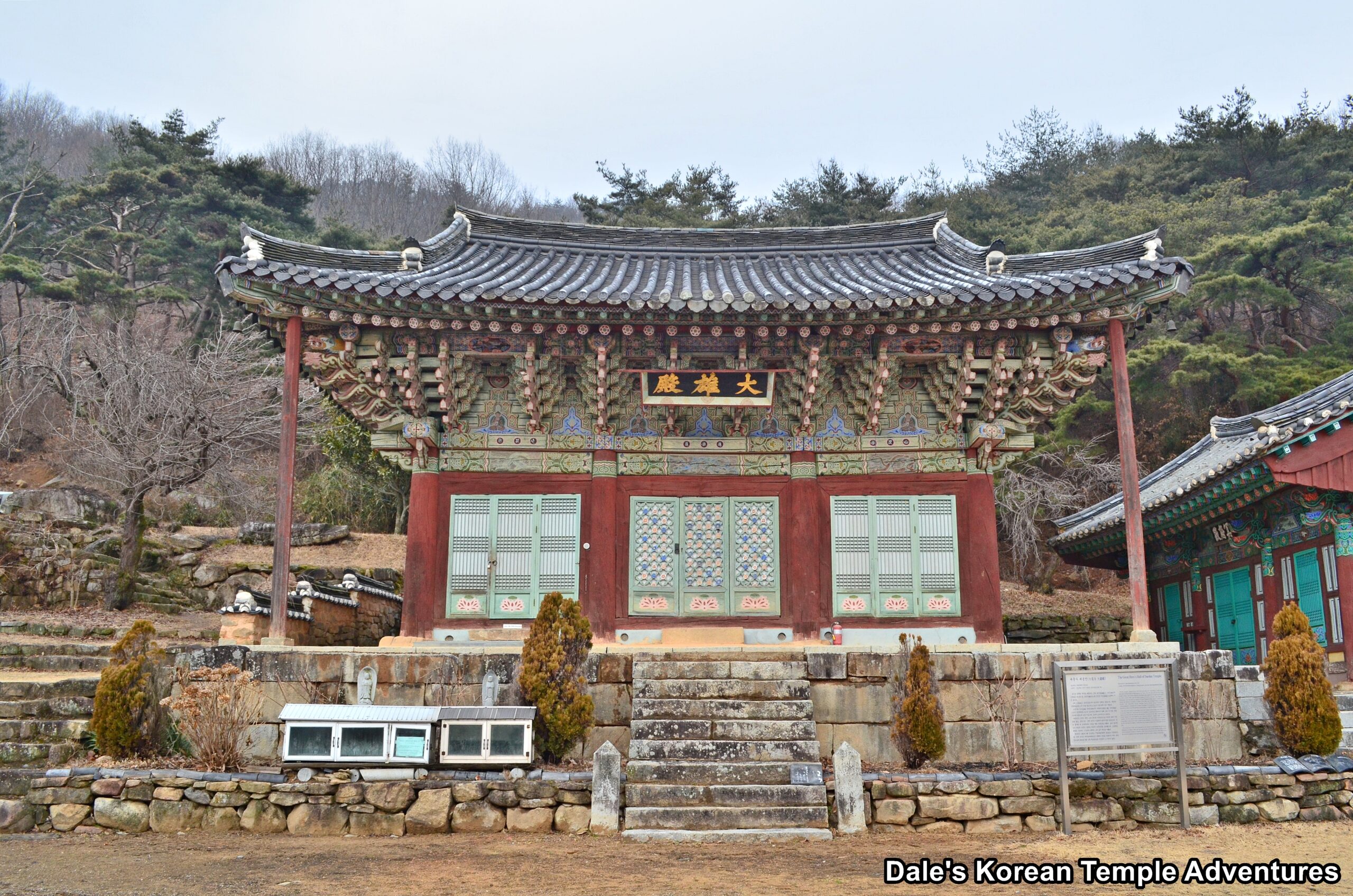
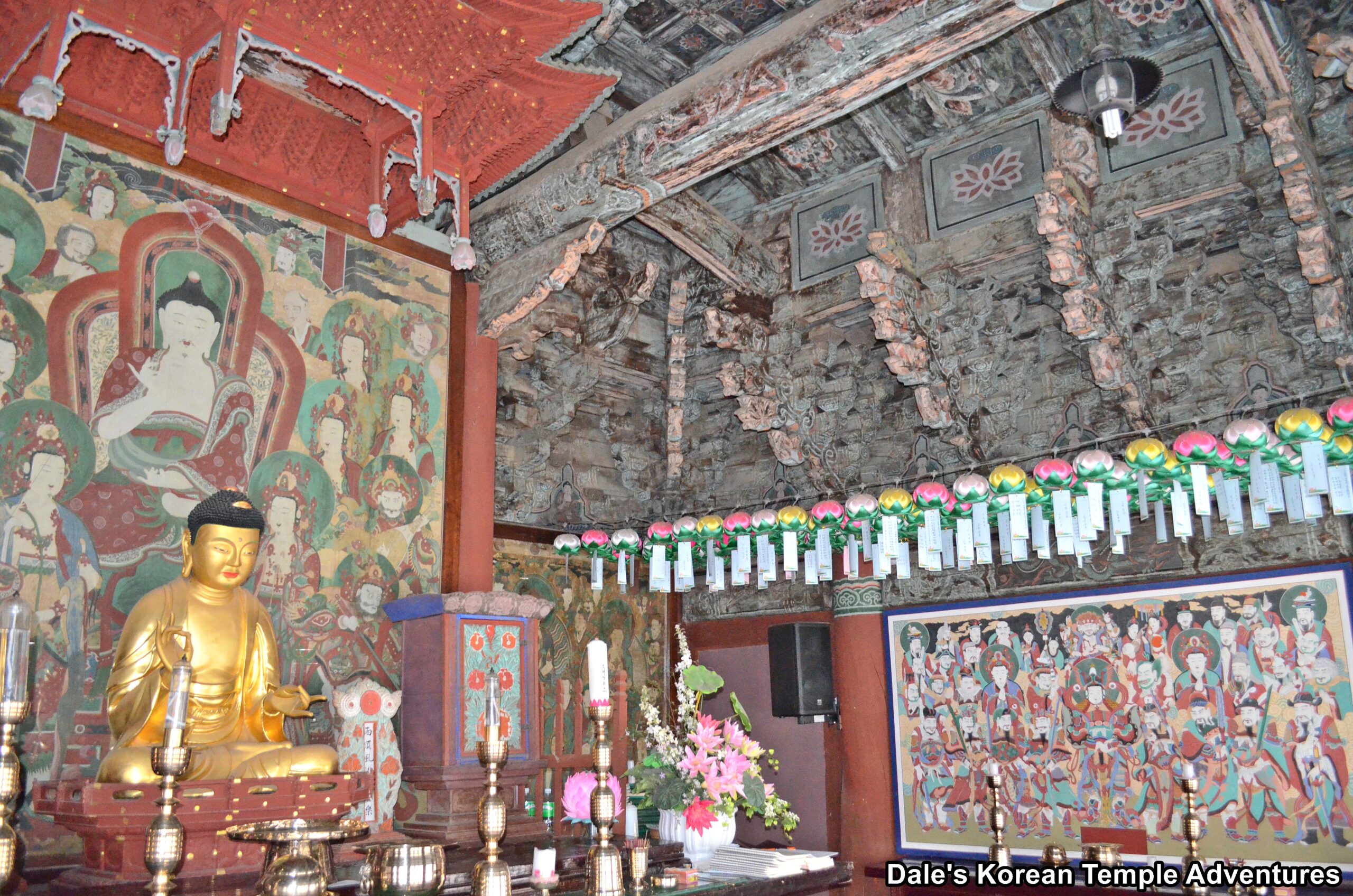

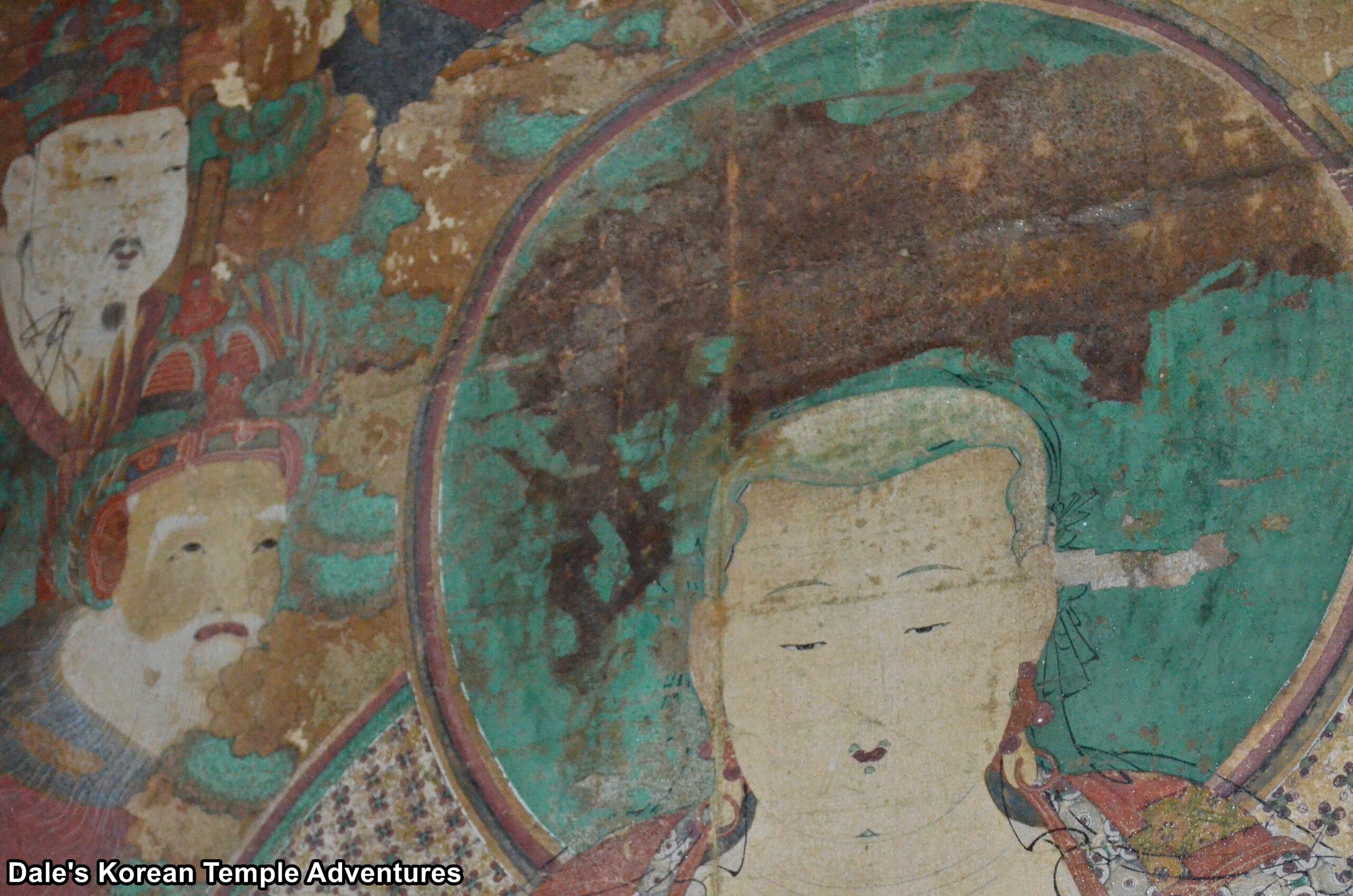
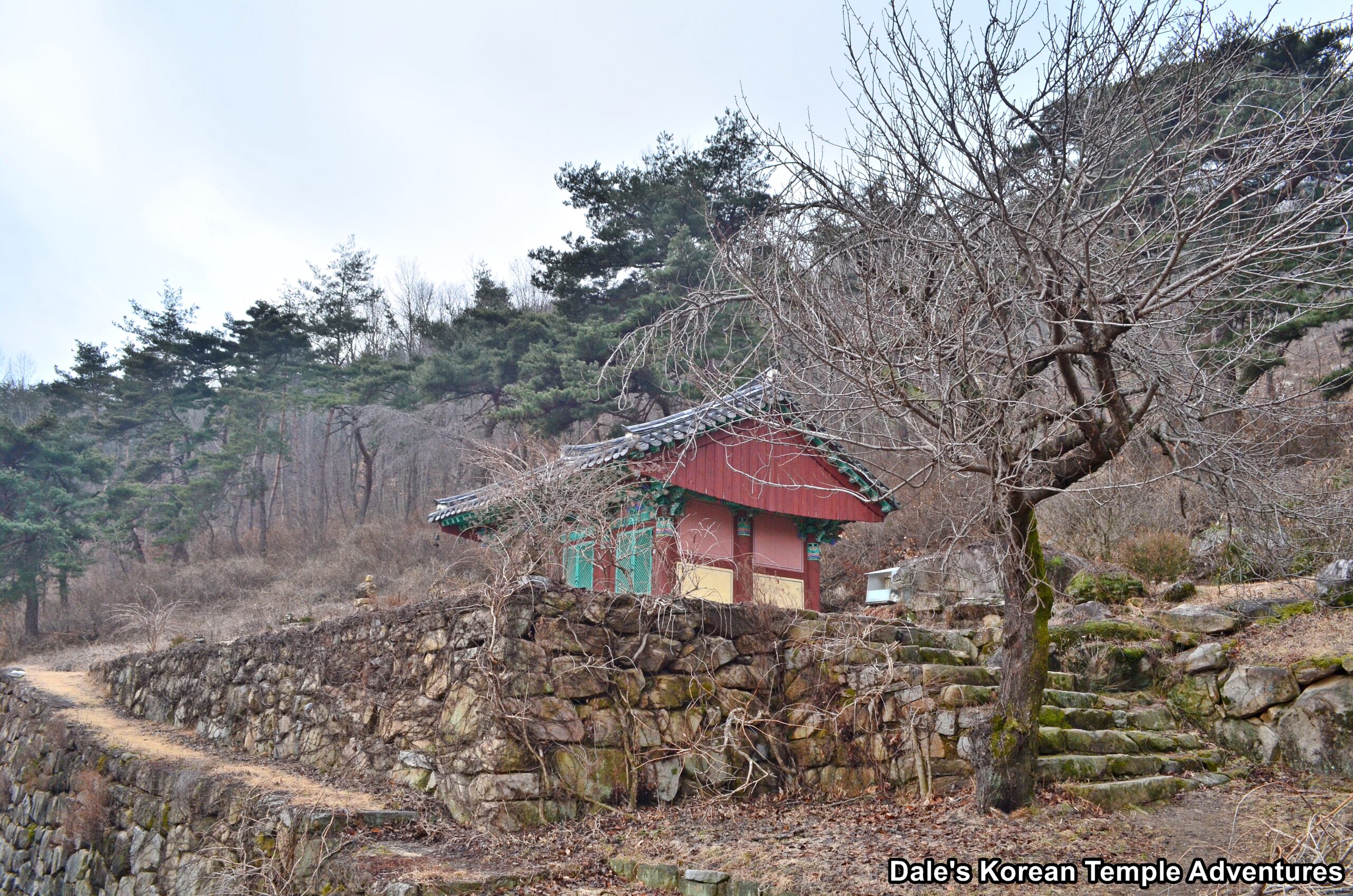
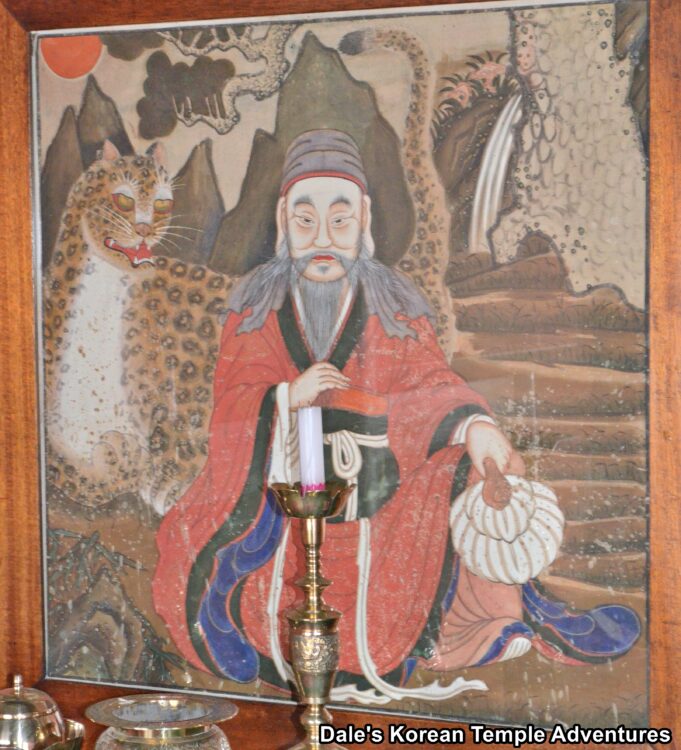
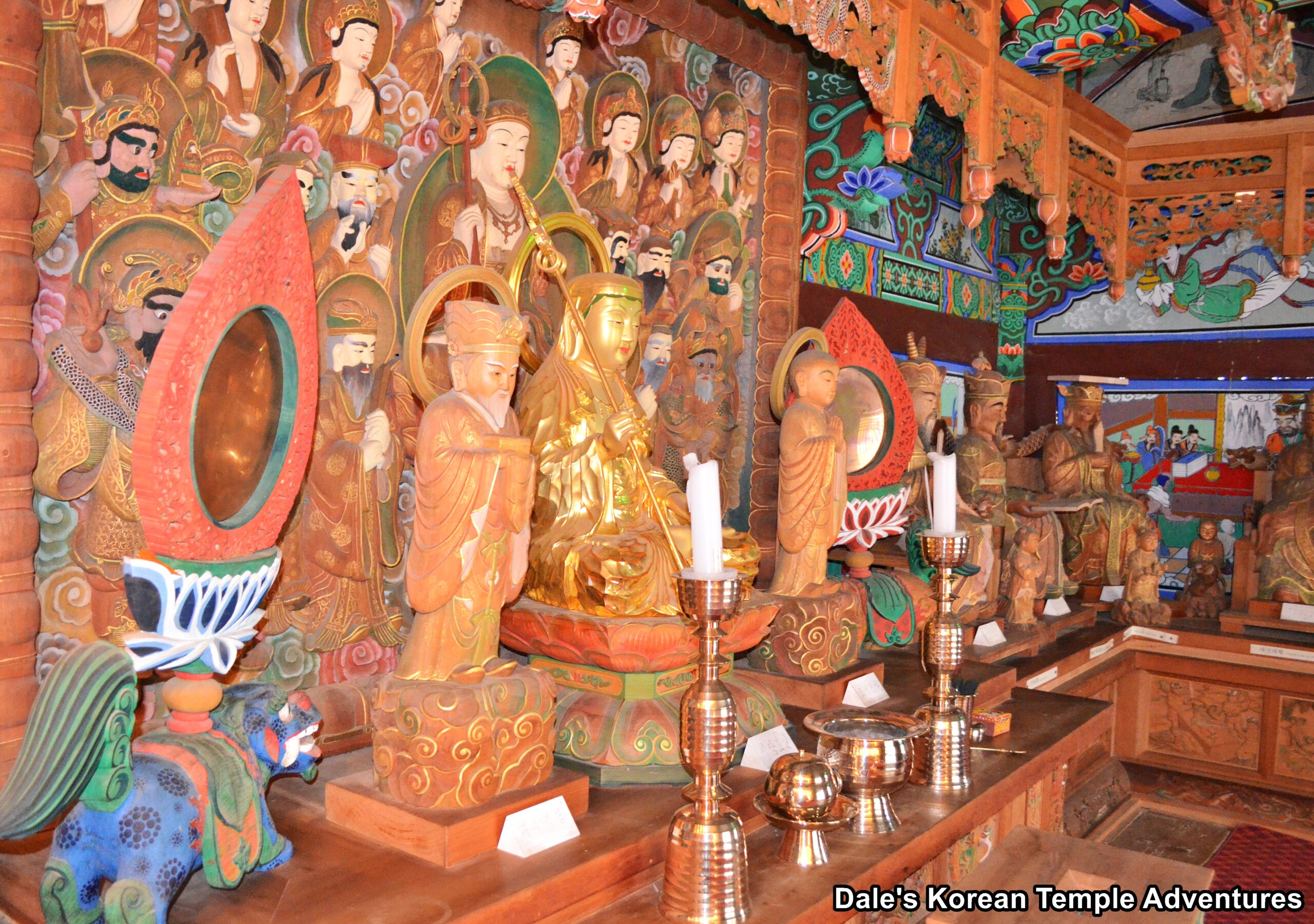
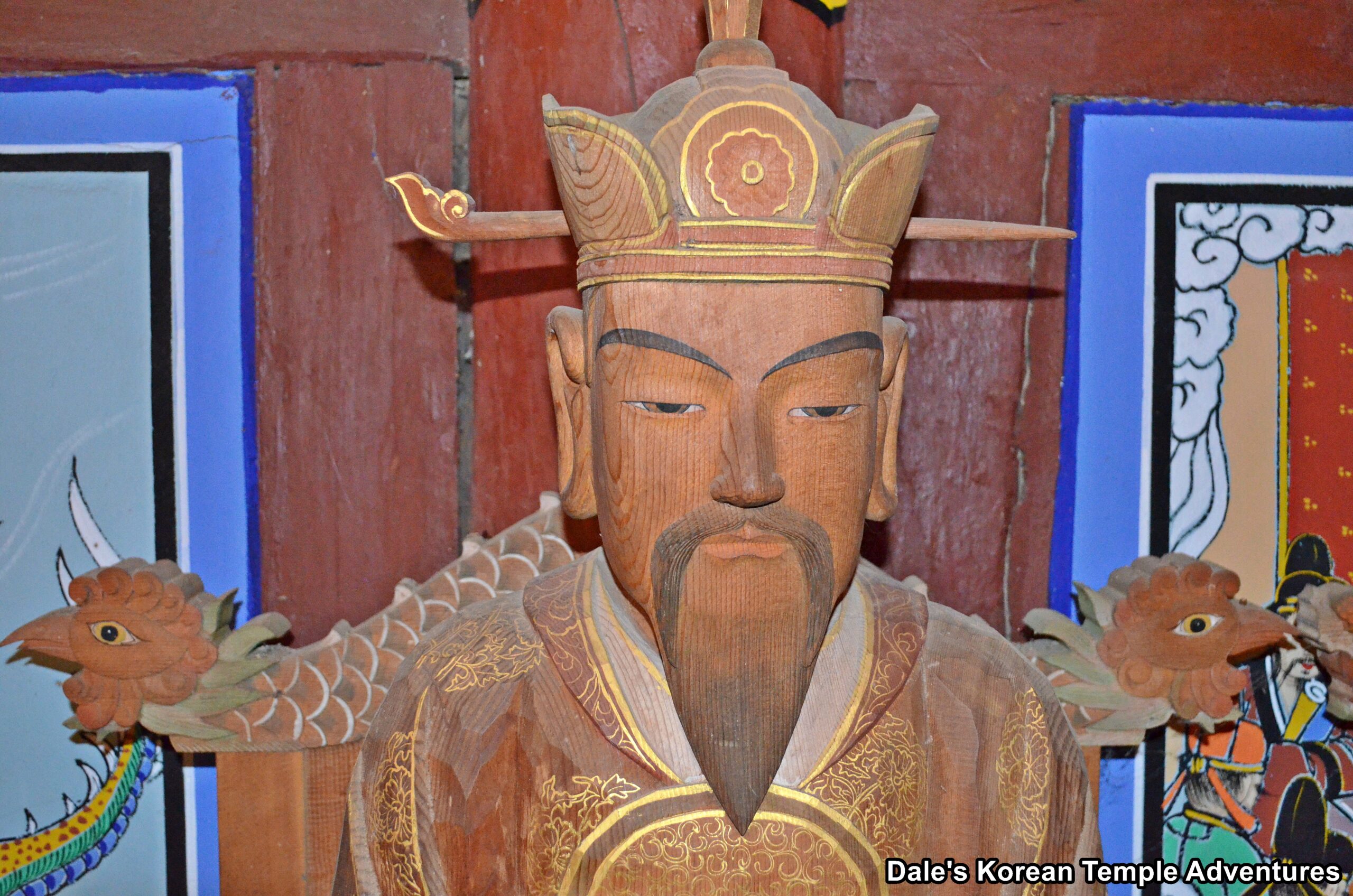
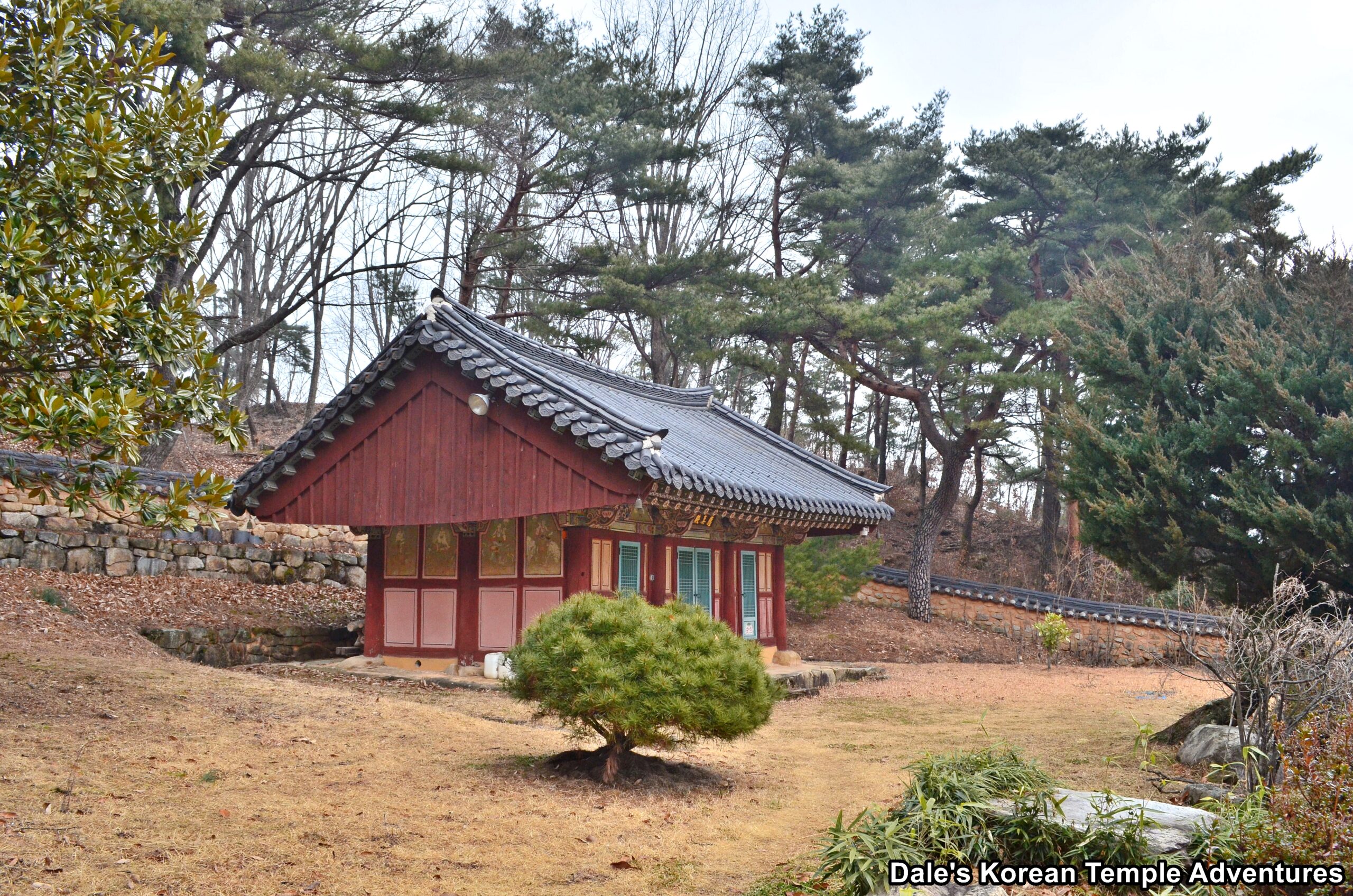
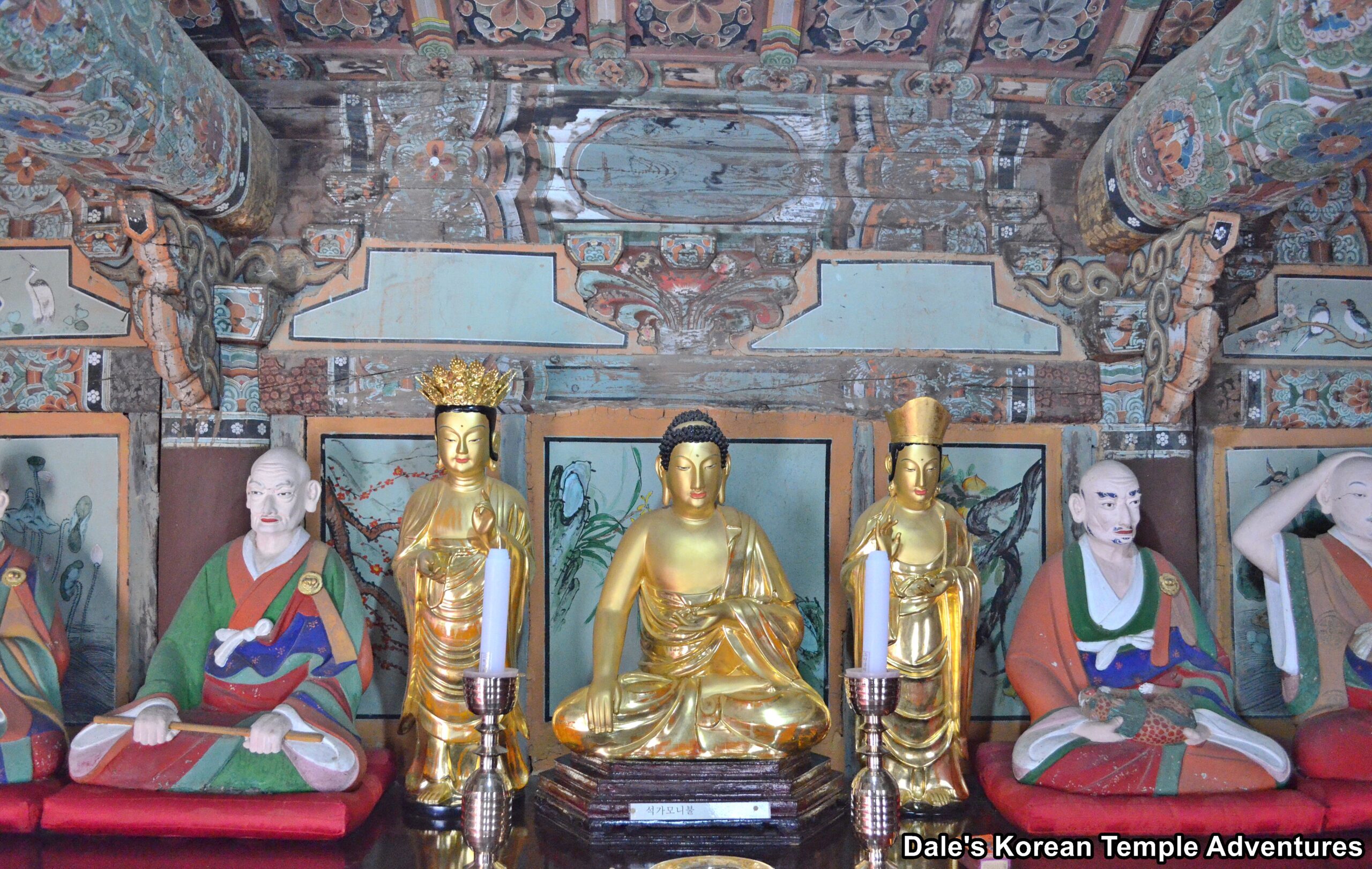

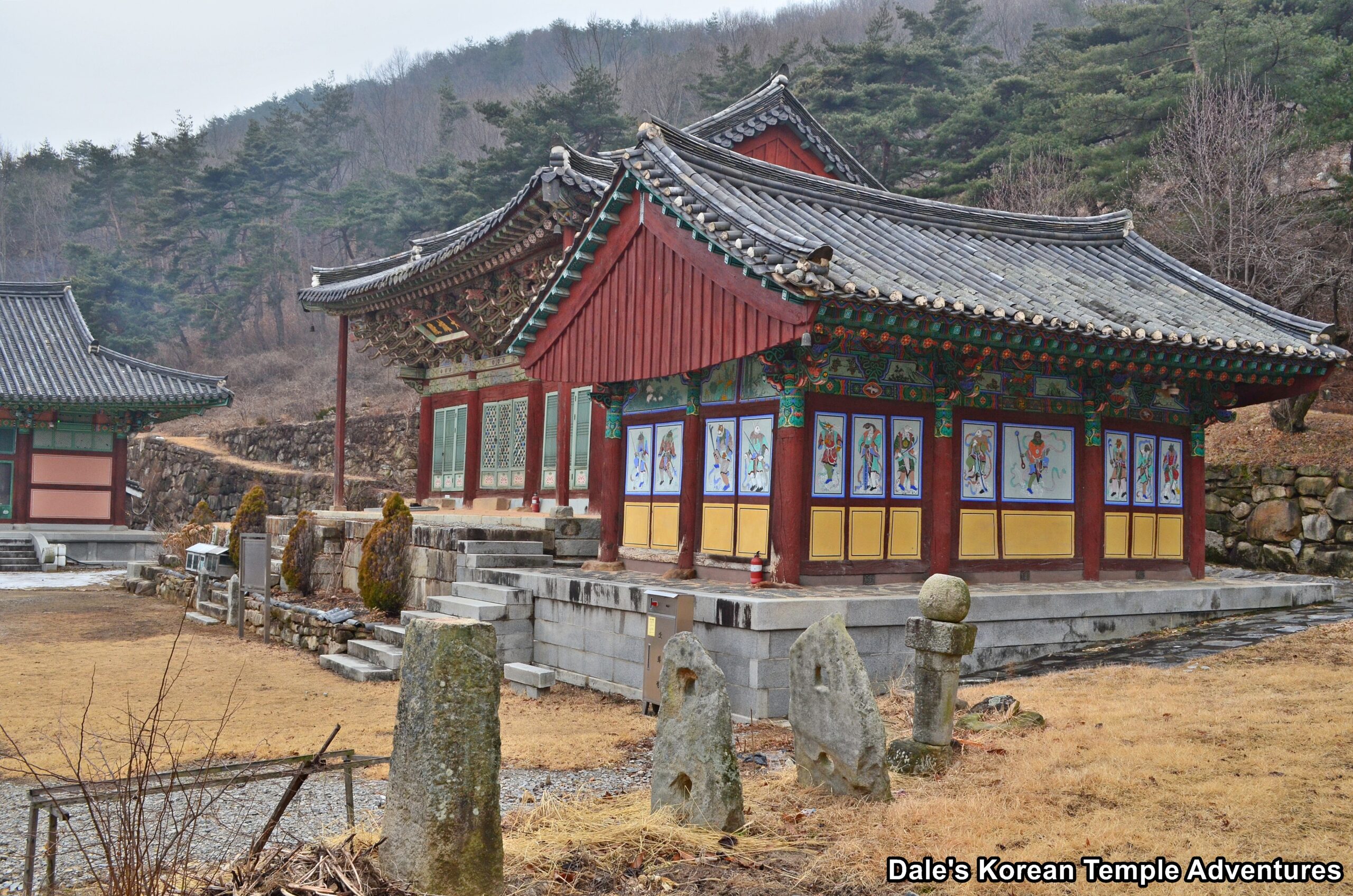
 South Korea got a lot of (deserved) criticism for its erratic, corporate-profits-uber-alles approach to the Ukraine War. It has since come around, but only after the US twisted its arm with export control threats. And its MPs mostly skipped Zelensky’s speech to the SK parliament. All in all it was a pretty poor showing.
South Korea got a lot of (deserved) criticism for its erratic, corporate-profits-uber-alles approach to the Ukraine War. It has since come around, but only after the US twisted its arm with export control threats. And its MPs mostly skipped Zelensky’s speech to the SK parliament. All in all it was a pretty poor showing.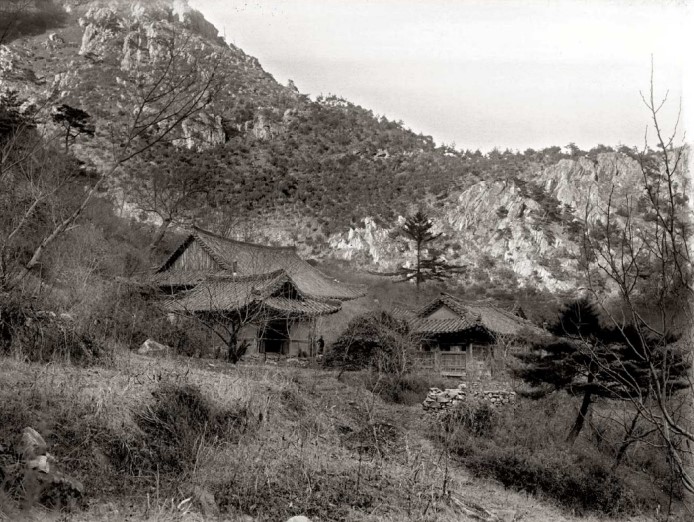
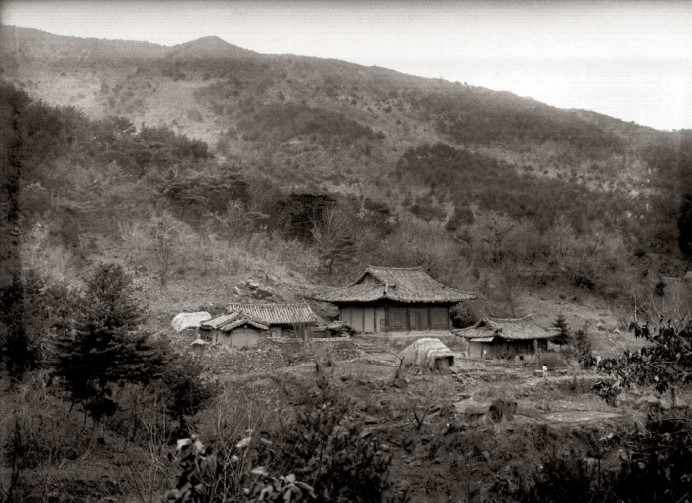

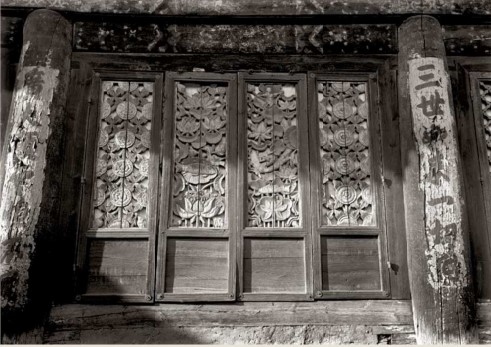
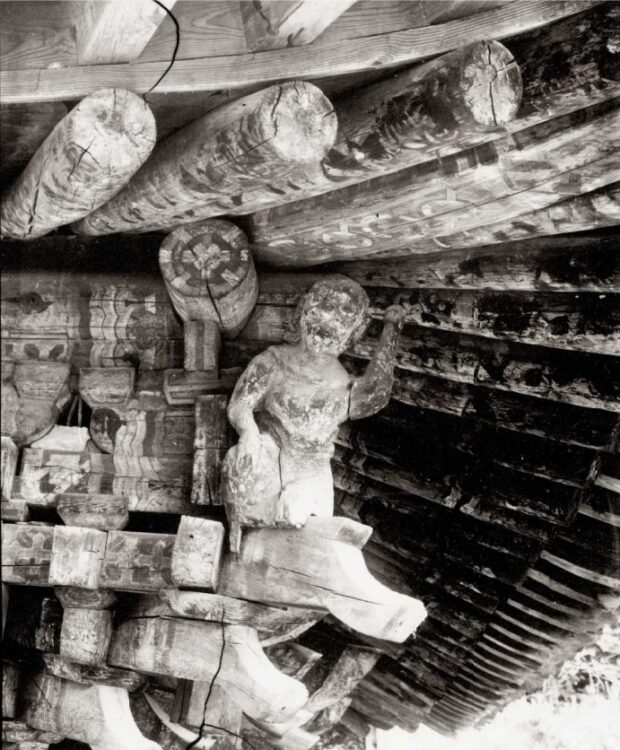
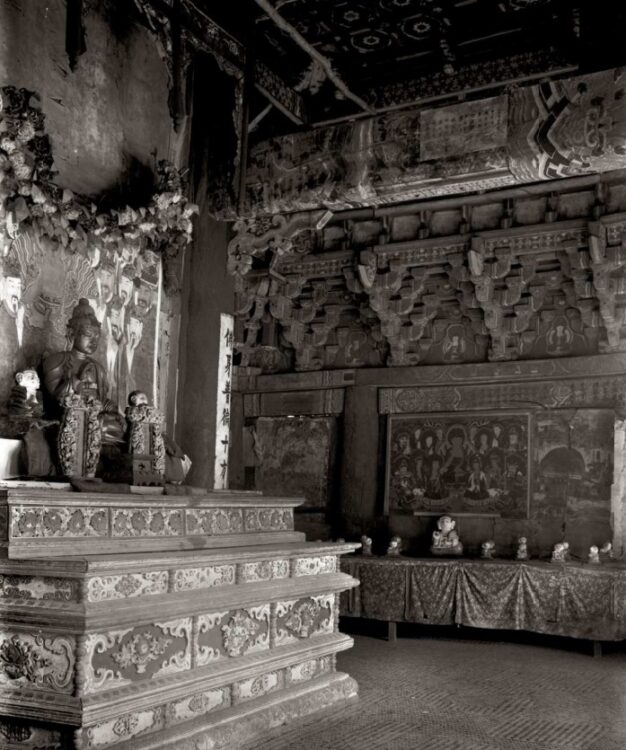
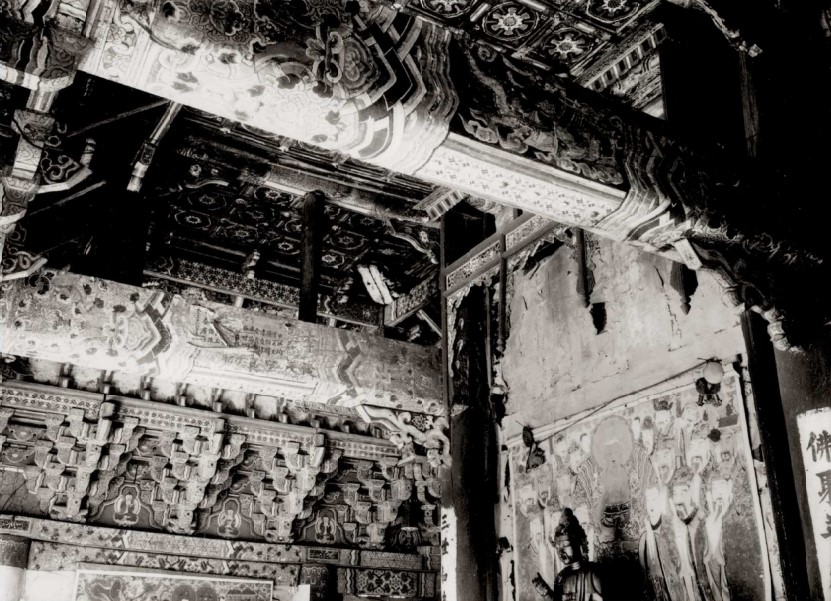

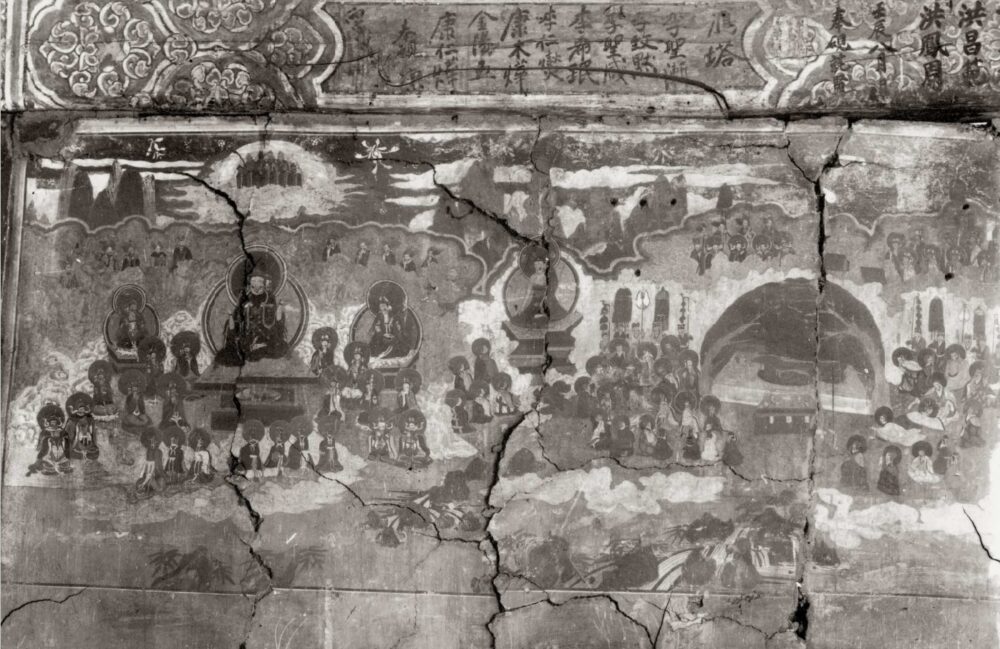
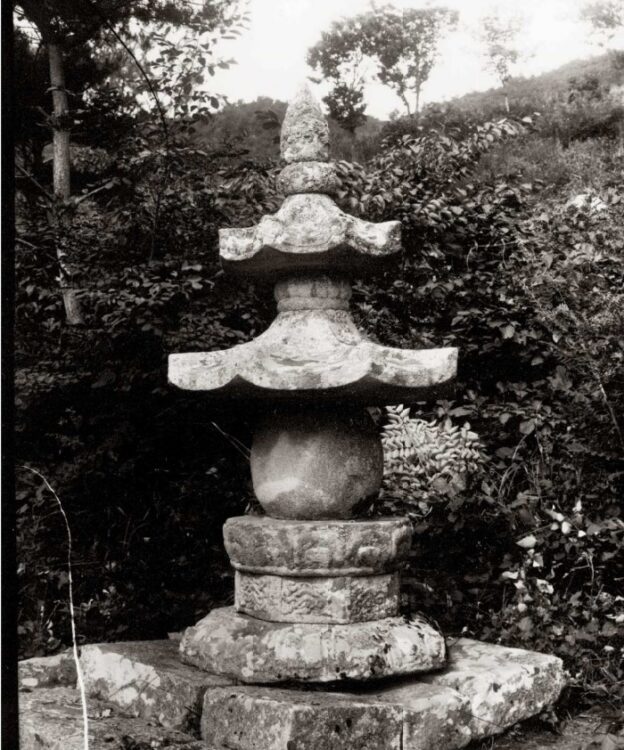
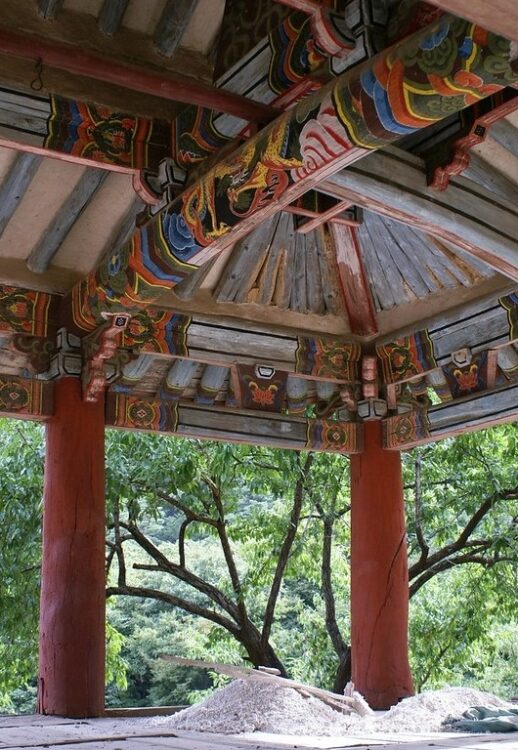
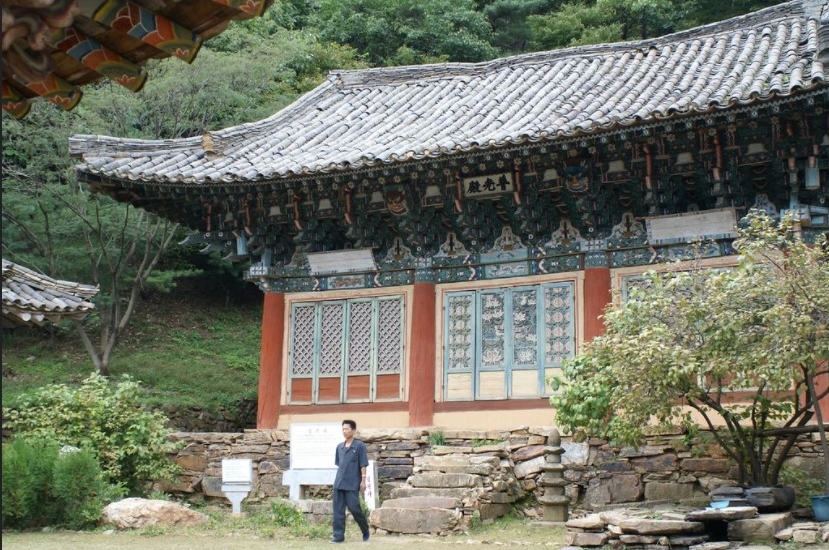
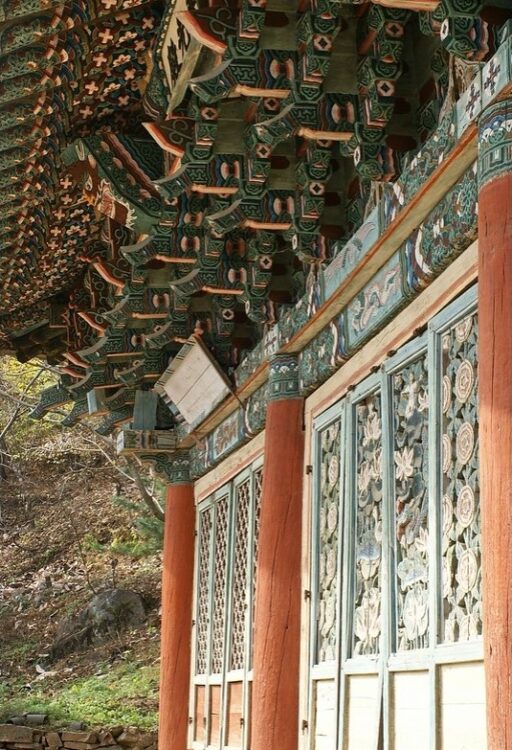
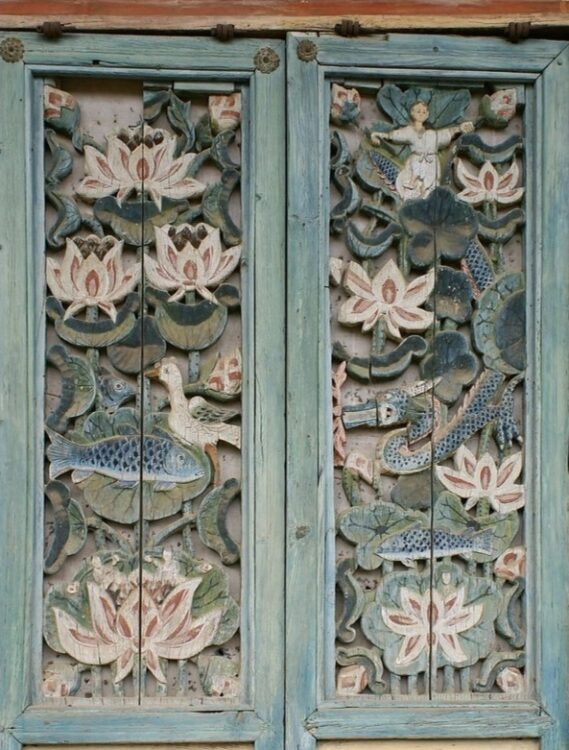
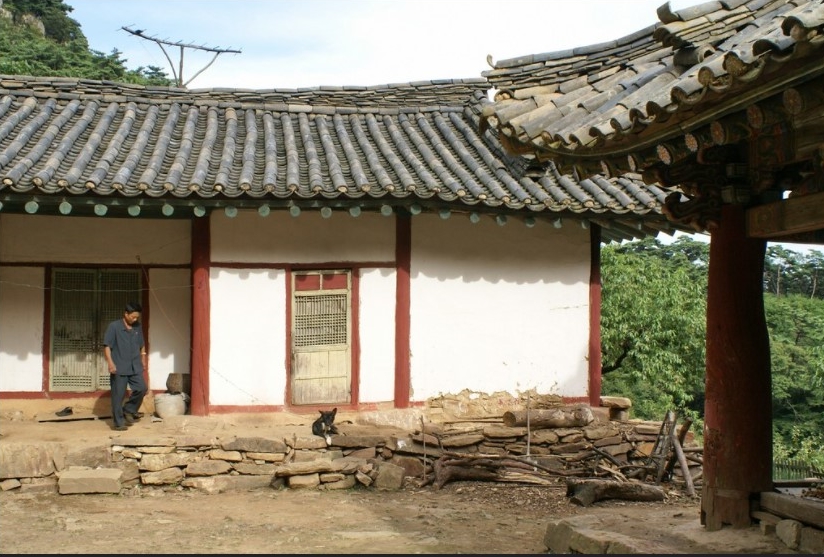
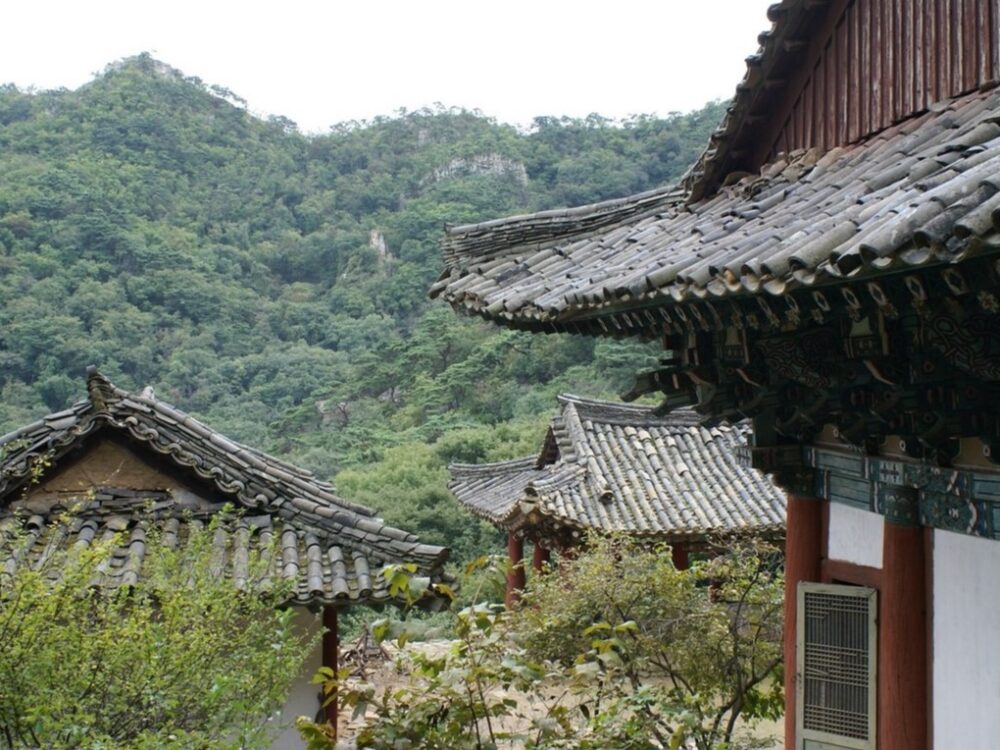
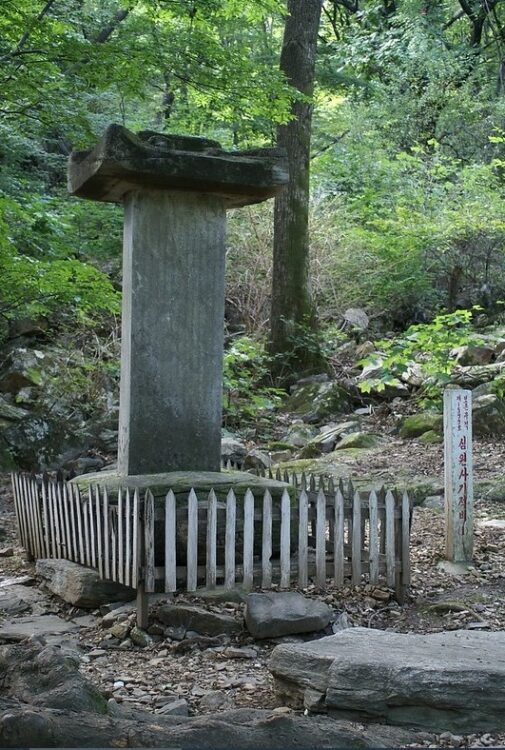
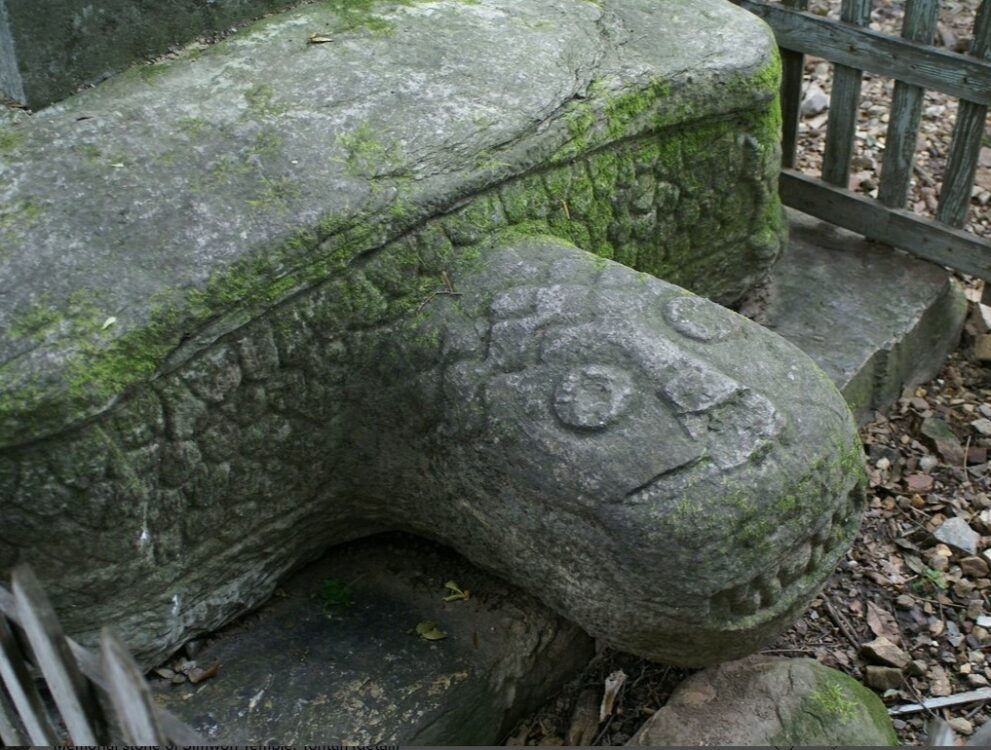
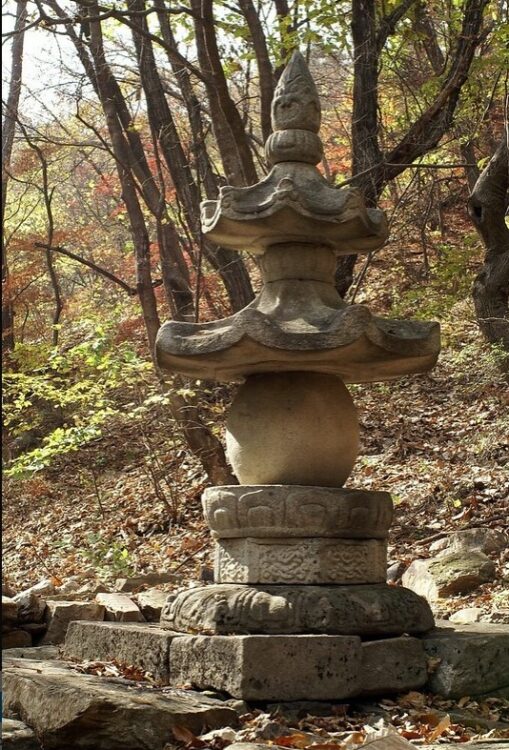
Recent comments